Hina Matsuri (雛祭り)
Hina Matsuri (雛祭り) literally means “Doll Festival.” You’re probably thinking it’s a festival for dolls, but that’s not quite true. It’s a festival for young girls. For presents, young girls receive a hina ningyo (雛人形) or a set of dolls. A basic doll set comes with a five-level-platform called a hina dan (雛壇).
The first level contains the dairibina (だいりびな) or the royal dolls. The royal dolls consist of the odairisama (御内裏様) and the ohinasama (御雛様). The odairisama (御内裏様) is the emperor and in turn the ohinasama (御雛様) is the empress. A thin screen called a byoobu (屏風) is placed in front of the royal dolls. I’m gonna go off into a sligh tangent about the byoobu (屏風) so please bear with me. Up until WWII, the royal family in Japan were considered to be of divine descent. Therefore, the byoobu (屏風) serves as a physical divider between the royal family and a “commoner:. It used to be forbidden for a commoner to look directly at a royal family member. It was thought that the commoner would naturally go blind because the royal family were divine gods.
Ok, now that I’ve got that out of my system, let’s talk about the second floor. Just beneath the royal dolls are the court ladies. The court ladies are called san-nin kanjo (三人官女). All the ladies have a primary function. Believe it or not, it’s an important function because they are to pour sake (酒) for the emperor and empress so that the cups are always filled. Each of the ladies are separated by a takatsuki (高坏). A takasuki (高坏) is a round table with rice cakes on it.
Speaking of rice cakes, I’ve got to go check on mine (they’re on the stove) so I’ll be back to tell you about the remainder of the dolls.
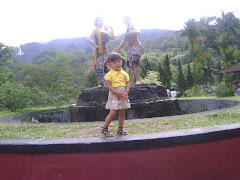
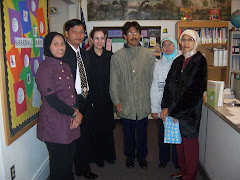

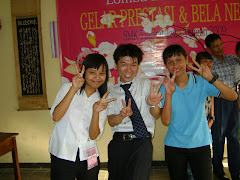

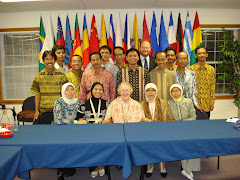

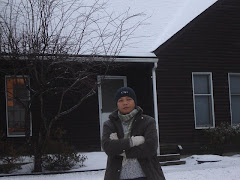
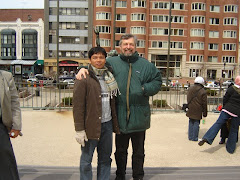
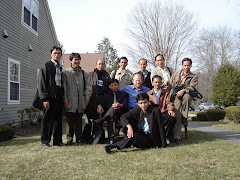




No comments:
Post a Comment